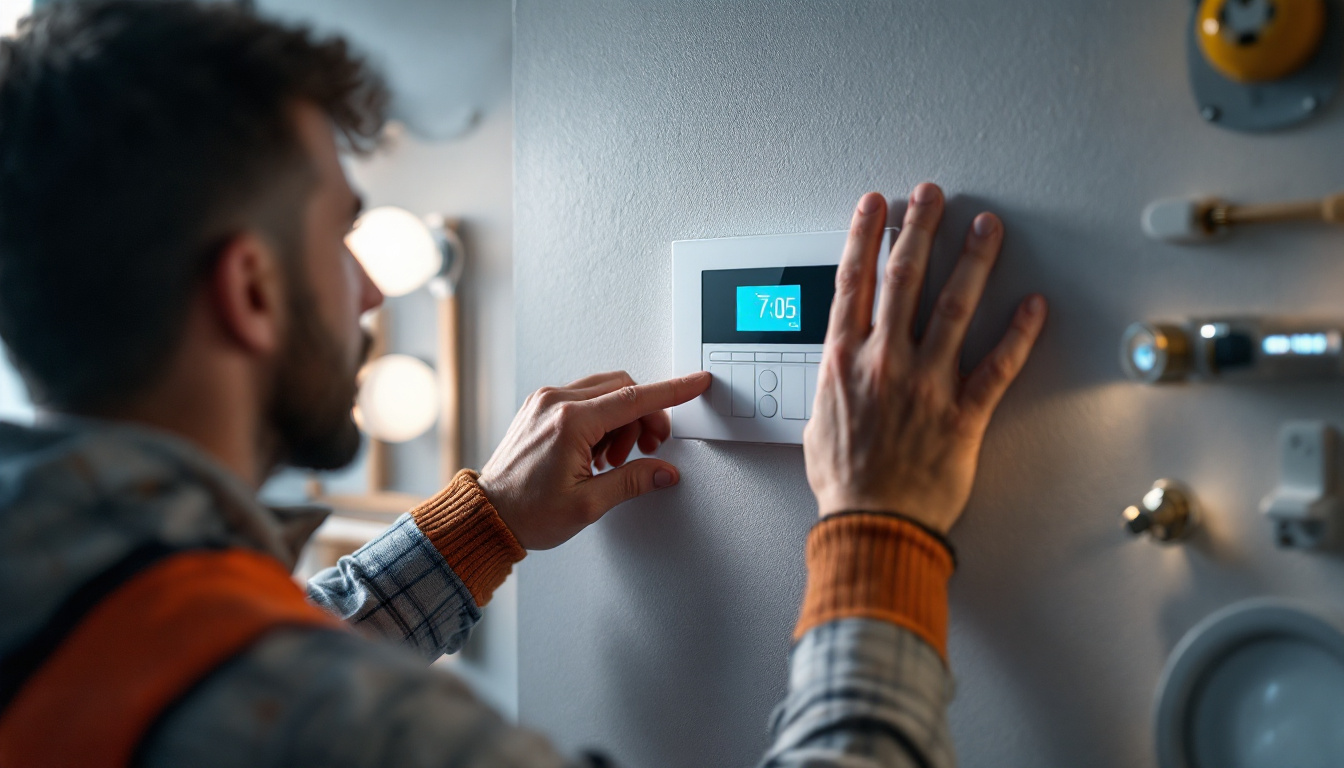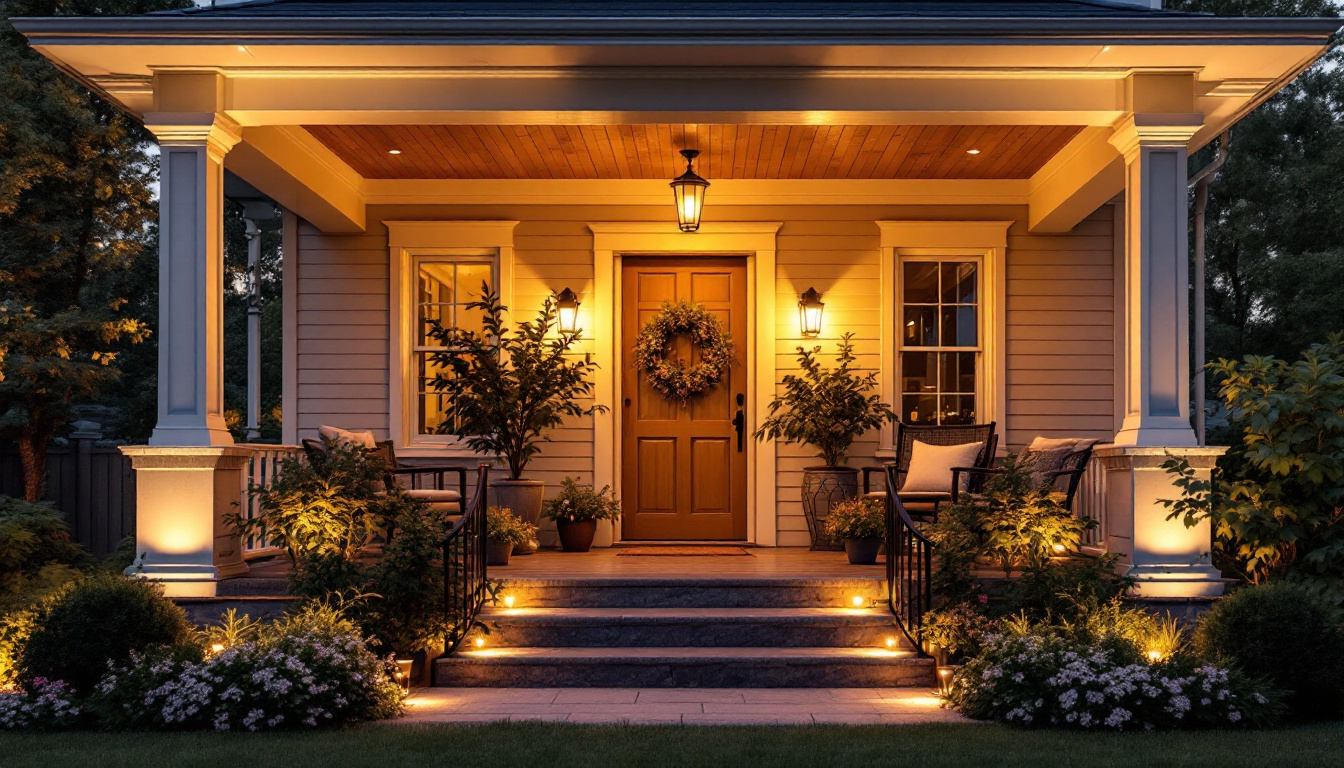
In the world of lighting, the selection of light bulbs can significantly impact both the aesthetic and functional aspects of a project. As lighting contractors navigate the complex landscape of options, they often encounter a range of questions regarding inexpensive light bulbs. This article addresses common inquiries, providing insights that can help contractors make informed decisions for their clients.
Incandescent bulbs have long been a staple in residential and commercial lighting. Known for their warm glow, these bulbs are often favored for their ability to render colors accurately. However, their energy efficiency is relatively low compared to newer technologies.
Despite their drawbacks, incandescent bulbs are still popular due to their low initial cost and ease of use. Contractors often recommend them for applications where light quality is paramount, such as in dining areas or retail spaces. Additionally, the soft light emitted by incandescent bulbs creates an inviting atmosphere, making them ideal for settings where ambiance is crucial, such as restaurants and homes. Their compatibility with dimmer switches further enhances their appeal, allowing users to adjust the lighting to suit different moods and occasions.
Compact fluorescent lamps, or CFLs, offer a more energy-efficient alternative to incandescent bulbs. They consume less power and have a longer lifespan, making them an attractive option for contractors looking to reduce energy costs for clients.
While CFLs are generally inexpensive, they do have some limitations. For instance, they may take time to reach full brightness and can be sensitive to temperature changes. Understanding these nuances allows contractors to make better recommendations based on specific project needs. Furthermore, CFLs contain a small amount of mercury, which necessitates careful disposal to avoid environmental harm. This aspect can be a concern for environmentally conscious clients, prompting discussions about alternative options like LEDs that do not contain hazardous materials.
LEDs represent the latest advancement in lighting technology, offering exceptional energy efficiency and longevity. Although the initial cost of LEDs can be higher than that of incandescent or CFL bulbs, their lifespan and reduced energy consumption often make them a more economical choice in the long run.
Contractors should consider the growing trend of LED adoption, as many clients are increasingly aware of sustainability and energy savings. Offering LED solutions can enhance a contractor’s reputation as a forward-thinking professional. Moreover, LEDs come in a variety of color temperatures, allowing for greater customization in lighting design. Whether a client desires a cool, bright light for a workspace or a warm, cozy glow for a living room, LEDs can meet those needs. The versatility of LED technology also extends to smart lighting systems, which can be controlled remotely and programmed for efficiency, further appealing to tech-savvy homeowners and businesses alike.
When selecting light bulbs, contractors must weigh the initial purchase price against long-term operational costs. While inexpensive light bulbs may seem appealing at first glance, their overall value often depends on factors such as energy consumption and lifespan.
For example, while an incandescent bulb may cost less upfront, its higher energy use and shorter lifespan can lead to higher costs over time. In contrast, investing in a more expensive LED bulb can result in significant savings on electricity bills and replacement costs. Moreover, the environmental impact of these choices cannot be overlooked; LEDs not only consume less energy but also reduce the carbon footprint associated with electricity generation. This aspect is becoming increasingly important as sustainability practices gain traction in the construction and renovation industries.
Contractors often find that purchasing light bulbs in bulk can lead to substantial savings. Many suppliers offer discounts for bulk orders, which can be particularly beneficial for larger projects or ongoing contracts.
Additionally, contractors should stay informed about seasonal promotions or manufacturer rebates that can further reduce costs. Establishing strong relationships with suppliers can also provide access to exclusive deals and early notifications about sales. Furthermore, considering the storage and inventory management of bulk purchases is essential; having a reliable stock of light bulbs on hand can prevent delays in project timelines and ensure that contractors can meet client demands promptly. By strategically planning purchases and maintaining a well-organized inventory, contractors can optimize their operational efficiency while maximizing cost savings.
Brightness, measured in lumens, is a critical factor when selecting light bulbs. Inexpensive bulbs can vary widely in brightness, so contractors must ensure that the chosen bulbs meet the specific lighting needs of each project. For instance, a living room may require softer lighting to create a relaxing environment, while a kitchen or workspace may benefit from brighter, more focused illumination. Understanding the intended use of each space allows contractors to make informed decisions that enhance functionality and comfort.
Color temperature, measured in Kelvin, also plays a significant role in the overall ambiance of a space. Warmer temperatures (around 2700K) create a cozy atmosphere, while cooler temperatures (above 5000K) can enhance focus and productivity. These variations can influence not only the aesthetic appeal of a room but also the mood of its occupants. For example, studies have shown that cooler light can improve concentration and alertness, making it a popular choice for offices and study areas. Understanding these parameters helps contractors guide clients toward the best choices for their environments.
The durability of light bulbs is another essential consideration. Inexpensive bulbs may not always offer the same level of durability as higher-end options. For example, LED bulbs typically withstand bumps and vibrations better than incandescent or CFL bulbs, making them ideal for high-traffic areas. Additionally, LED technology is less prone to breakage, which is particularly advantageous in homes with children or pets. This resilience can lead to fewer accidents and reduced replacement costs over time, making LEDs a smart investment despite their initial price point.
Contractors should also educate clients about the importance of selecting bulbs with a longer lifespan, as this can significantly reduce maintenance costs and the hassle of frequent replacements. Many inexpensive options may advertise a lower upfront cost but can burn out quickly, leading to more frequent purchases. By opting for bulbs that last longer, clients can enjoy consistent lighting without the inconvenience of regular changes. Furthermore, the environmental impact of reduced waste from fewer discarded bulbs can also be a compelling reason to choose higher-quality options, aligning with a growing trend toward sustainability in home improvement projects.
As environmental awareness grows, many clients are seeking energy-efficient lighting solutions. Understanding energy efficiency ratings, such as the Energy Star certification, can help contractors recommend the most sustainable options available.
Inexpensive bulbs may not always meet these standards, so it’s crucial for contractors to stay informed about which products are certified. This knowledge not only supports clients’ sustainability goals but can also enhance a contractor’s credibility in the industry.
Proper disposal of light bulbs is an often-overlooked aspect of environmental responsibility. Incandescent bulbs can typically be thrown away, but CFLs and LEDs contain materials that require special handling. Contractors should familiarize themselves with local regulations regarding the disposal and recycling of these bulbs.
By educating clients on responsible disposal practices, contractors can further demonstrate their commitment to sustainability and help reduce the environmental impact of their projects.
A prevalent misconception is that all inexpensive light bulbs are of inferior quality. While it’s true that some budget options may compromise on performance, many affordable bulbs offer excellent value without sacrificing quality.
Contractors should research and select reputable brands known for manufacturing reliable products. By doing so, they can confidently offer clients a range of inexpensive options that meet their needs.
While LEDs are often touted as the best lighting solution due to their energy efficiency, they may not be suitable for every application. For instance, some clients may prefer the warm light of incandescent bulbs for specific settings, such as in homes or restaurants.
Contractors should assess the unique requirements of each project and be prepared to recommend the best bulb type based on the desired ambiance and functionality, rather than defaulting to LEDs in every situation.
Before purchasing inexpensive light bulbs, contractors must ensure compatibility with existing fixtures. Not all bulbs fit all sockets, and using the wrong type can lead to performance issues or even damage to the fixture.
Contractors should also consider the wattage of the bulb and ensure it aligns with the fixture’s specifications to avoid overheating and potential hazards.
When installing light bulbs, proper handling is essential to avoid breakage and ensure safety. Contractors should educate clients on the importance of turning off power before installation and using appropriate tools to avoid damaging the bulbs.
Additionally, providing clients with guidance on how to change bulbs safely can enhance their overall experience and satisfaction with the lighting solutions provided.
The rise of smart technology is transforming the lighting industry. Smart bulbs, which can be controlled via smartphone apps or voice commands, are gaining popularity among consumers seeking convenience and customization.
Contractors should stay informed about the latest advancements in smart lighting and consider incorporating these solutions into their offerings. This can help meet the growing demand for integrated home and building automation systems.
As technology continues to evolve, new energy-efficient lighting solutions are emerging. Innovations such as organic LEDs (OLEDs) and improved LED technologies promise even greater efficiency and flexibility in design.
Contractors should keep an eye on these developments, as they can provide clients with cutting-edge options that align with sustainability goals and enhance the overall quality of their lighting projects.
Inexpensive light bulbs play a crucial role in the lighting contractor’s toolkit, offering a range of options that can meet diverse client needs. By understanding the various types of bulbs, cost considerations, performance factors, and emerging trends, contractors can make informed recommendations that enhance their projects.
As the lighting industry continues to evolve, staying informed and adaptable will be key to success. Embracing new technologies and educating clients on the benefits of different lighting solutions can help contractors build lasting relationships and ensure satisfaction in every project.
Ready to enhance your lighting projects with high-quality, cost-effective solutions? Look no further than LumenWholesale, where we provide lighting contractors with spec-grade lighting products at unbeatable wholesale prices. Say goodbye to inflated markups and hello to a vast selection of reliable lighting options that meet the highest industry standards. With free shipping on bulk orders, LumenWholesale is your go-to source for premium lighting at the best value, ensuring every project shines without breaking the bank. Elevate your lighting game with LumenWholesale today.

Discover the pivotal role of time switches in modern lighting solutions for contractors.

Discover the essential guide for lighting contractors on selecting the perfect light pendant industrial fixtures.

Discover the essential best practices for using Gu24 LED bulbs in professional lighting projects.

Explore the fascinating journey of outside porch lights, from traditional lanterns to smart LED innovations.